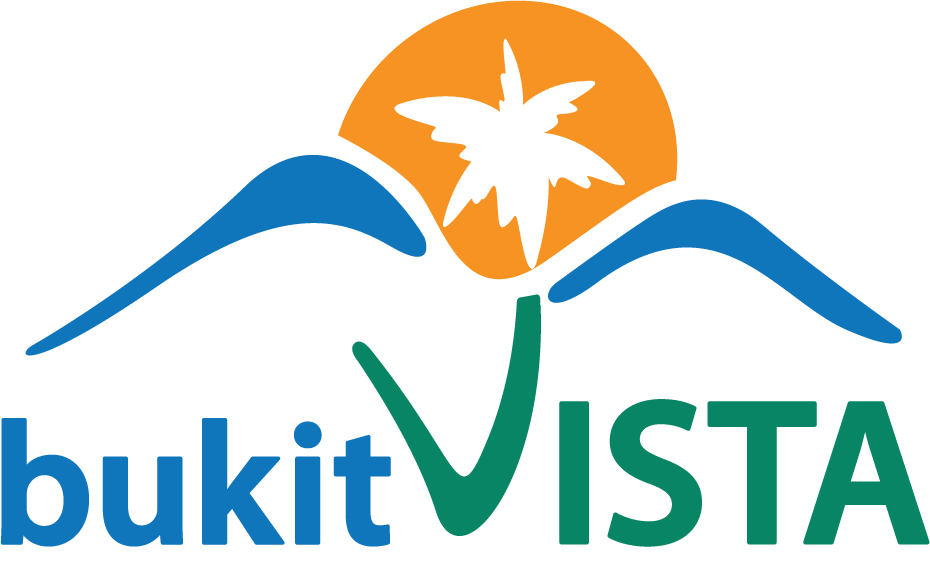Slowing Down in Lembongan: Tourism, Seaweed, and the Beauty of Simplicity
Hi, I’m Jason, a Business Journalist at Bukit Vista, and in today’s Bali Business Review spotlight, we’re heading to the tranquil island of Lembongan and see the Lembongan Tourism. While Bali’s tourism hotspots continue to evolve rapidly, Lembongan is moving at an entirely different pace. In this update, we explore how slowing development, a return to seaweed farming, and peaceful local life define the current vibe of this unique corner of paradise.
A Shift in the Island’s Rhythm: Lembongan Tourism
Lembongan, once a buzzing destination for sun-seekers and surfers, has seen a tapering off of tourism in recent years. The pandemic played a pivotal role in decelerating development, and with competition from neighboring holiday destinations heating up, visitor numbers haven’t quite bounced back to their previous highs. However, this notable slowdown isn’t necessarily a bad thing—at least not for the locals who call the island home.
Instead of a steady stream of villas rising across the island, development has been sporadic, with only a handful of new properties surfacing. According to local observational feedback in the video, this has restored a sense of calm and simplicity that many residents appreciate. In contrast to the hustle of Seminyak or Canggu, Lembongan feels like a breath of fresh ocean air.
Seaweed Farming: A Quiet but Resilient Industry
Perhaps the most symbolic shift in Lembongan’s economic rhythm comes from its re-embrace of traditional seaweed farming. During low tides, vast swaths of coastline are dotted with seaweed plots, tended carefully by local farmers. This industry, often overshadowed by tourism, has quietly persisted and even thrived amid the pandemic’s disruption.
Seaweed farming doesn’t just provide an important source of income—it anchors the community to sustainable, ancestral ways of living. It’s a simple yet profound reminder that while tourism may ebb and flow, some traditions endure, offering both identity and resilience in uncertain times.
The video emphasizes one key idea throughout: for locals, the slow pace of development is not a problem—it’s an opportunity. There’s more time to enjoy the serenity of the island, more room to preserve its natural beauty, and less pressure on infrastructure stretched thin during high tourist seasons.
This isn’t the typical Bali story of rapid development and booming investment. It’s one of quiet reflection, an appreciation of pace, and a reconnection with what made islands like Lembongan magical in the first place.
What’s Next for Lembongan?
While some may see Lembongan’s slow growth as a missed opportunity, others might say it’s the model for sustainable development. The island remains undeniably beautiful, and perhaps more welcoming now to visitors looking for something different—tranquility over nightlife, tradition over trendiness.
Ultimately, the takeaway is clear: Lembongan isn’t trying to keep up with Canggu or Uluwatu, and maybe that’s its greatest strength.
Final Thoughts
If you’re curious about what real, contemporary island life looks like in post-pandemic Bali, don’t overlook Lembongan. It’s not booming—but it is blooming in a quieter, more sustainable way. Whether you’re a potential investor, traveler, or simply a cultural observer, the island offers a refreshing counterpoint to the mainstream Bali narrative.
Watch the full update to see Lembongan through the eyes of a local and get a real-time snapshot of what’s happening on the ground.
Jason, Business Journalist at Bukit Vista
Take the First Step to Joining Our Community, Book Your Seat at Our Round Table Talk Today!
At Bukit Vista, we believe in creating lasting partnerships that help nagivate your property to the top 1% in this competitive season. Join us to discover how we can work together.

